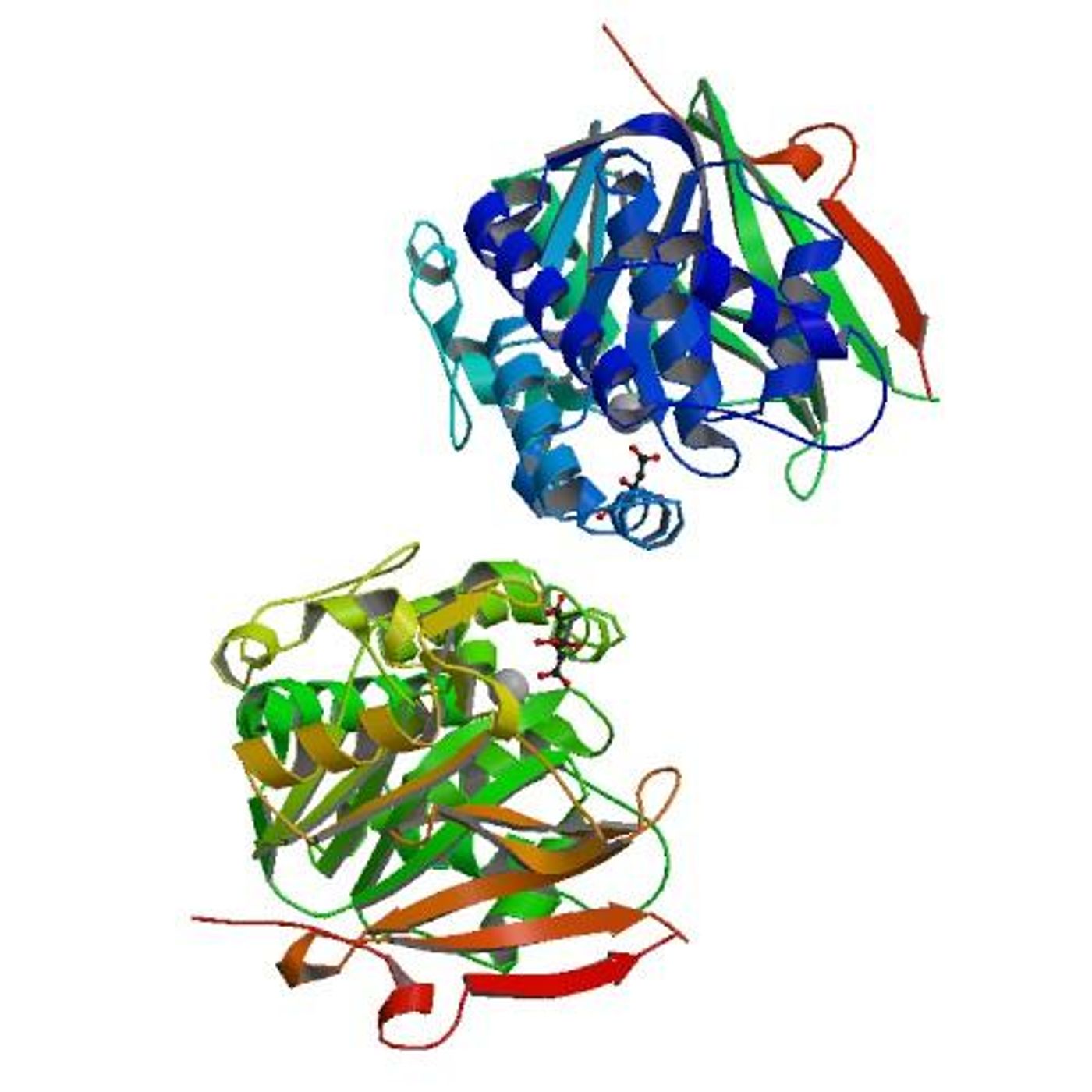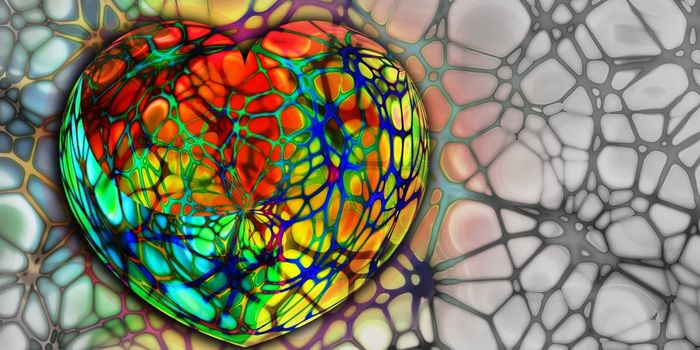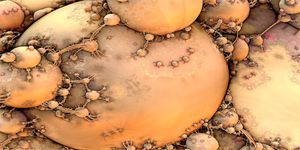Genetic Predictors of a Failing Heart
Scientists have discovered a gene, PPP1R3A, that may be the ultimate protection against heart failure. Evidence shows that once this gene turns on, it is the final straw when a heart fails.
Image: PPP1R3A (human)
Genes that control functions in the heart co-operate in a network, each performing a different role, but relying on each other to support the life of the organ. Just like many things may cause a stomach ache, many combinations of genes turning on or off can signal heart failure. The combination of genes depends on the specific cause responsible for deteriorating the heart. However, regardless of the cause of heart deterioration, there seems to be a final sequence of gene activity that is the designator of heart failure. Scientists at Stanford University School of Medicine, who researched gene expression differences in failing hearts, believe that once PPP1R3A is switched on, it kicks off an irreversible cascade that shuts down the heart.
The Ashley lab at Stanford University received the tissue of 136 healthy hearts that could not be used for medical purposes. The group decided the most informational use of the tissue would be to measure gene expression and compare the gene expression to that of 177 failing hearts. The group continued to investigate the genes which showed the most dramatic expression differences from healthy to failing. Expression quantitative trait loci analysis (eQTL) revealed the genetic variants responsible for variation in gene expression levels. Not surprisingly, PPP1R3A showed one of the most consistent and dramatic differences from a healthy heart (PPP1R3A is off) to failing (PPP1R3A is on).
Finally, the group found that by removing PPP1R3A from mice with a heart at risk of failing, the organ did not slide into failure. What is most exciting about this discovery is that it could contribute to solving many causes of heart failure. With gene-therapy on the horizon, the hope is to stop heart failure by removing or turning off PPP1R3A.
Sources: Nature, Science Daily, GenomeWeb









